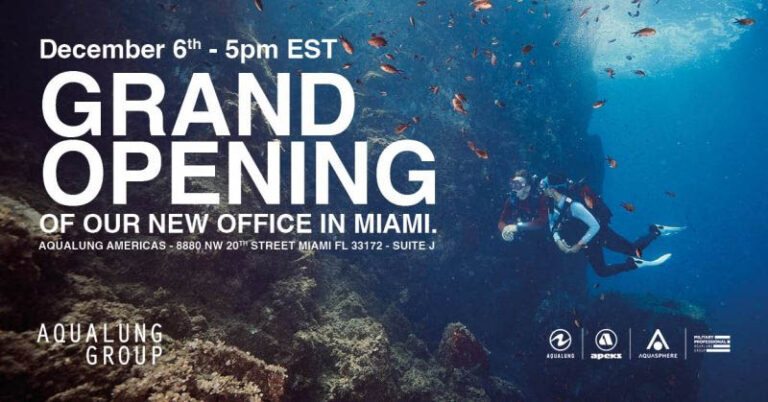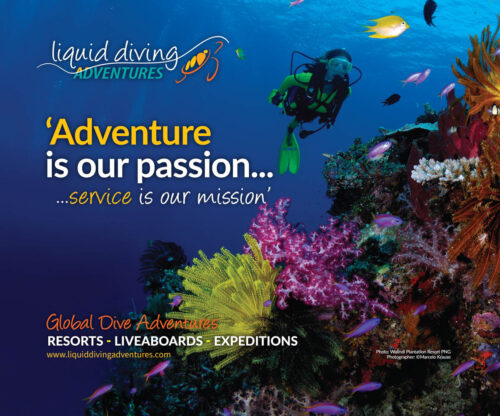We’re thrilled to announce the opening of our new office in Florida, a major milestone in our restructured North American organization. This step reflects our ambition to reinforce our global leadership in diving equipment for recreational, military, and professional use.
Did You Know?
Aqualung’s journey with the United States and Canada began back in 1950.
Our new hub will be home to a passionate Sales & Marketing team, a state-of-the-art showroom showcasing our products and services, and a Technical & Training Center.
The first open-circuit, self-contained underwater breathing device (sometimes known as “scuba”) to become widely used and commercially successful was Aqua-Lung. These days, this type of apparatus is frequently called a demand valve or twin-hose diving regulator. Two Frenchmen, engineer Émile Gagnan and Naval Lieutenant Jacques Cousteau (French: lieutenant de vaisseau), created the Aqua-Lung in France in the winter of 1942–1943. It made it easier for Cousteau and Gagnan to film and explore underwater.
Although it wasn’t the first self-contained underwater breathing device, the Aqua-Lung was the first to gain widespread use. René Commeinhes created a firefighter’s breathing apparatus in 1934. His son Georges modified it for diving and patented it in April 1942 (no.976,590) in 1937. In the early years of World War II, the French Navy made use of it. Two 200 bar cylinders powered the open circuit system, which employed a single stage regulator to provide gas to a bag situated between the two cylinders on the back at a pressure marginally higher than the surrounding air. A corrugated rubber hose was then used to supply the gas to the left side of a full-face mask, and the right side was directly exhausted.







